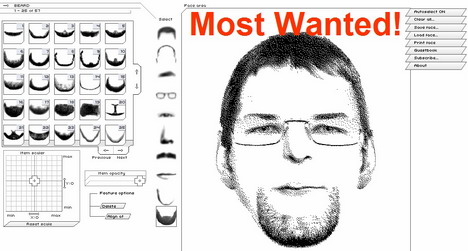
Commerce Events’ CEO discusses the drive to create real-time environments across supply lines
ANAND DAS LEFT BEA Systems to found a startup company called Commerce Events that delivers a supply-chain application that leverages the event-driven programming model built into J2EE [Java 2 Enterprise Edition] application servers. As the company’s CEO, Das has landed a couple of key contracts from the U.S. military, and with the formal release of its applications this spring he is positioning the company to become a player in the drive toward creating real-time environments across supply chains. In an interview with InfoWorld Editor in Chief Michael Vizard, Das talks about the role he sees Commerce Events playing in the enterprise.
InfoWorld: Is Commerce Events delivering an application that is designed to compete with existing supply-chain applications, or is it meant to be more complementary?

InfoWorld: How does that process take place then?
Das: It’s all about constructive events, as we call it. It’s an XML event, and we embed business semantics on it. Then the problem is quite complicated in the sense that you have to take that event and you have to make sure that event goes all the way to an ERP system in a secure manner, in a reliable manner, through multiple messaging paradigms. We have this infrastructure that really enables collaboration and that gives you all these programming models. We have a server deployed right at the warehouse where this product is arriving, so we have got a process engine that is running right there. We go inside the event, figure out where the event is coming from, and where the event has to be routed. So there’s a lot of messaging work that we do. And it’s totally peer-to-peer.
InfoWorld: How does this work when elements of the supply chain are owned by different companies?
Das: If it’s not within the enterprise, then what you need is an infrastructure that gives you reliable synchronous/asynchronous messaging over HTTP. We have another product that we call the Dot Link Server that makes sure this Web notification outside the enterprise is done in a reliable manner, and it does not make an assumption that there’s a Commerce Events server sitting on the other end.
InfoWorld: Why should IT organizations look at your approach with application servers rather than just relying on their existing application providers in this space?
Das: J2EE is a specification for 15 different technologies. All the companies that were building applications before — like SAP, like I2, like Manugistics — had to build that whole stack themselves, and it took 30 years to develop a very proprietary stack that is very difficult and cumbersome to work with. We think that new collaborative applications need a different infrastructure. They need a J2EE kind of an infrastructure. It’s going to be very difficult for SAP and some of these existing companies to build this, because their whole stack is so proprietary. Just for them to change the software is a big process. You have to shut the system down. It results in a whole six months, a 6-month to 12-month upgrade cycle. We don’t have that legacy.
InfoWorld: How does your software give people visibility into events taking place in the supply chain?
Das: We have an event dashboard that we can customize. Whatever events are happening, whatever they want to listen to, we can flash those events. We also have this unified data model for the whole supply chain that is capturing all these events.
InfoWorld: What impact is the economy having on the supply-chain sector?
Das: Even though the economy is going down, we are seeing people like the vice president of operations and the vice president of supply chain get their budgets increased. There’s a clear benefit to this technology, which is able to cut down expense on the operations side. It’s not just about inventory count; it’s about mis-picking, mis-shipping, mis-packing. All that gets completely eliminated and adds to the bottom line.




